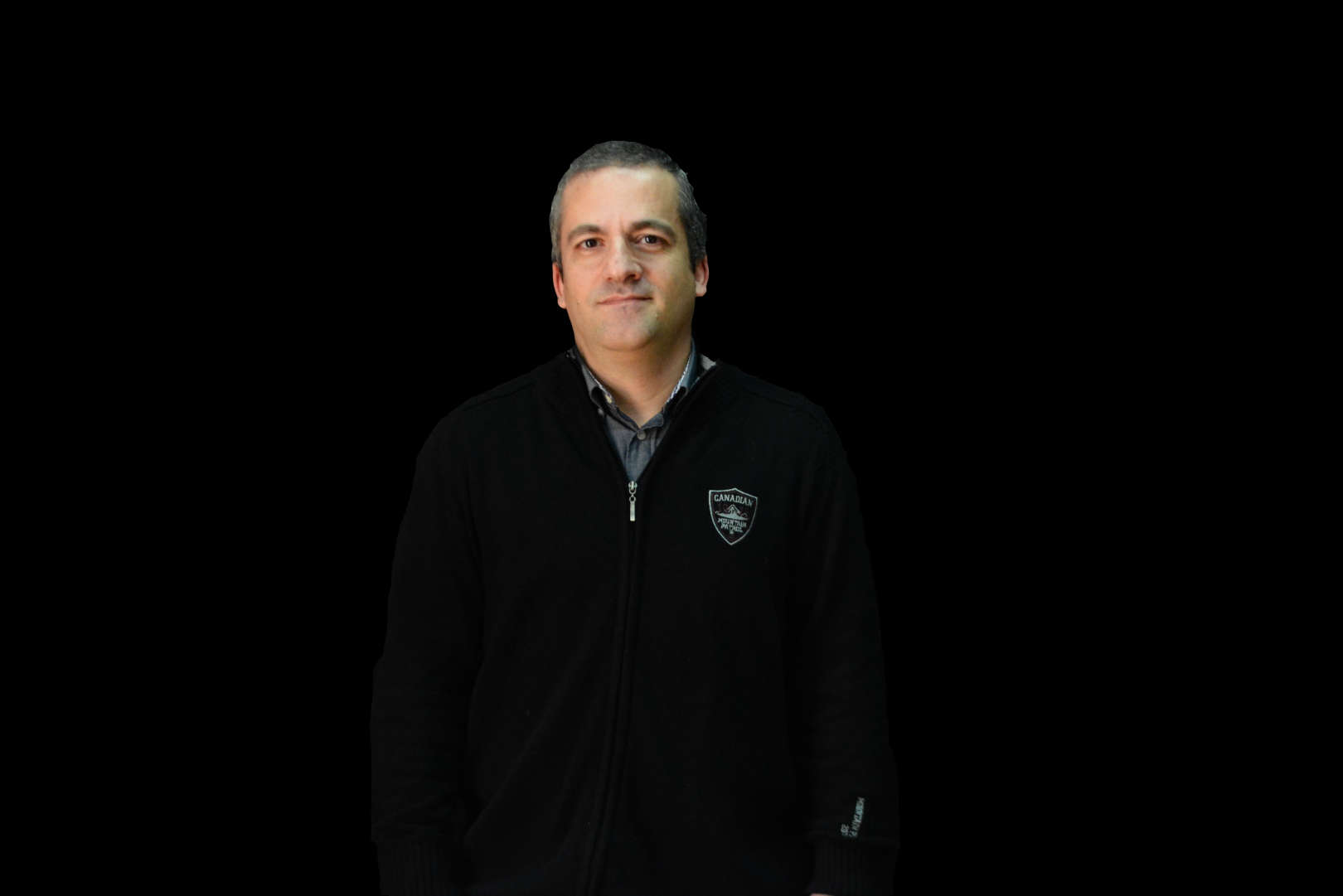About
Luís Barbosa is a computer science teacher at the Engineering department of the University of Trás-os-Montes e Alto Douro, Portugal. He obtained his Ph.D. degree in Computer Science from the University of Trás-os-Montes e Alto Douro whose dissertation theme was “Teaching Support Information Systems The Case Study of the portal SIDE from UTAD”. His area of interest and research are mainly Information Systems, Multisensory Virtual Environments and Interaction and has participated in several related research projects.


